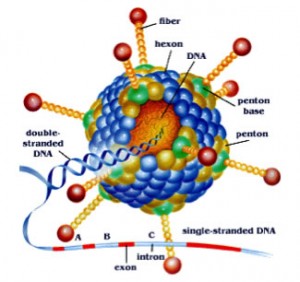Advancing Science & Technology
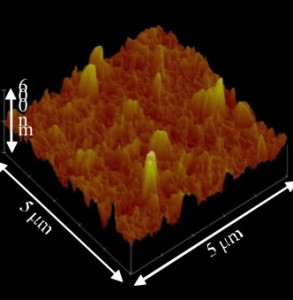 Profound threats to providing sufficient safe and clean water face the peoples of the world, affecting their health and economic well-being. The problems with economically providing safe water and sanitation are growing so quickly that incremental improvements in current methods of purification of water will leave much of the U.S. and the world without adequate access to each in mere decades.
Profound threats to providing sufficient safe and clean water face the peoples of the world, affecting their health and economic well-being. The problems with economically providing safe water and sanitation are growing so quickly that incremental improvements in current methods of purification of water will leave much of the U.S. and the world without adequate access to each in mere decades.
The solutions to these challenges require revolutioanly new approaches to science, technology, and society. Below are the SGWI/WaterCAMPWS safe water and sanitation research areas focused at the boundaries of: Water & Health, Water & Energy, and Water & Food.
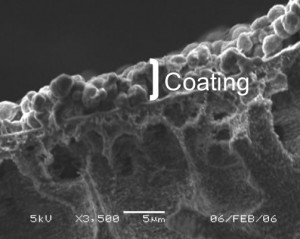
Novel Filtration Membranes
SGWI/WaterCAMPWS researchers are developing novel active layer materials to modify commercial NF/RO membranes. These modifications provide cost effective means to significantly improve the membrane performance, and also insight on sustainable and tailored filtration approaches to remove specific contaminants from water.
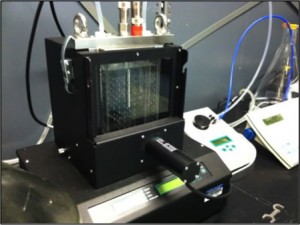
Bioprocesses for Resource Recovery
WaterCAMPWS researchers are developing revolutionary solar-driven bioprocesses that treat bodily waste while creating economic incentives for system management through energy, water, and high-value product recovery. This approach will enable the development of treatment systems that simultaneously recover energy, generate profit, remove contaminants, and inactivate pathogens.
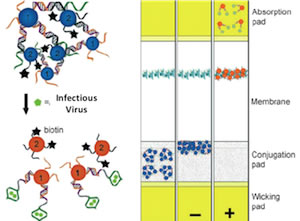
Real Time Sensing of Contaminants
SGWI/WaterCAMPWS researchers have developed a robust set of selective sensors that allow for immediate detection of contaminants in the parts per trillion range. This approach reduces the current multi-week delay from initial sampling to obtaining results. In addition these sensors permit customized treatment which can reduce consumption of resources and overall treatment cost. Having real-time selective sensors will have a positive impact on human health by giving instant alerts to emerging water quality threats.
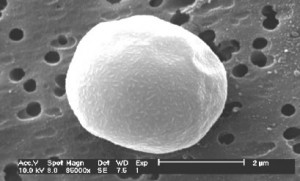
New Materials for Pathogen Control
SGWI/WaterCAMPWS researchers are developing new robust materials to better control pathogens in water treatment systems. These new materials use light emitted in the UV-visible range for water disinfection and are effective against many chlorine resistant pathogens. This approach will advance on better controlling waterborne threats and reducing toxic disinfection by-products formation.
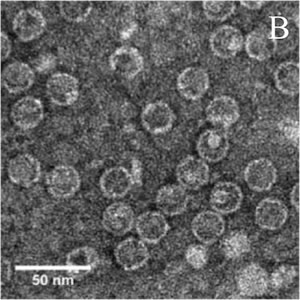
Interfacial Behavior of Pathogens
SGWI/WaterCAMPWS researchers are working towards new materials to control pathogens with a focus on how viruses interact with natural organic matter (NOM). Specific targets on this area are the deposition and release of pathogens under environmental conditions, and the fundamental factors that govern virus photo-inactivation used in emerging disinfection systems. This will benefit public health by enhancing the effectiveness of low-cost water treatment methods.
Better Understanding of Water Disinfection Processes
SGWI/WaterCAMPWS researchers are developing new techniques to surmount the current virus detection limitations. For the first time, researchers can detect not only if viruses are still present in the water, but also if they have been partially damaged or fully inactivated. Recasting disinfection of viruses to focus on inactivation mechanisms will have profound impact on water treatment processes and human health outcomes for pathogens not currently affordably treated.
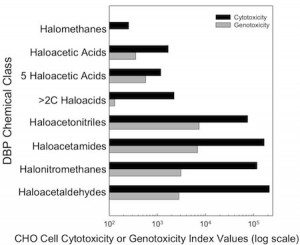
Disinfection By-Product Toxicity
SGWI/WaterCAMPWS researchers are focused on understanding the unintended consequences of emerging disinfection processes. To overcome the challenges of Disinfection By-Product (DBP) control, they have developed the largest comparative quantitative mammalian cell cytotoxicity and genotoxicity database in the world. This research is being used to advance new safer disinfection processes as well as reducing the toxicity of wastewater streams in applications such as power plants.
